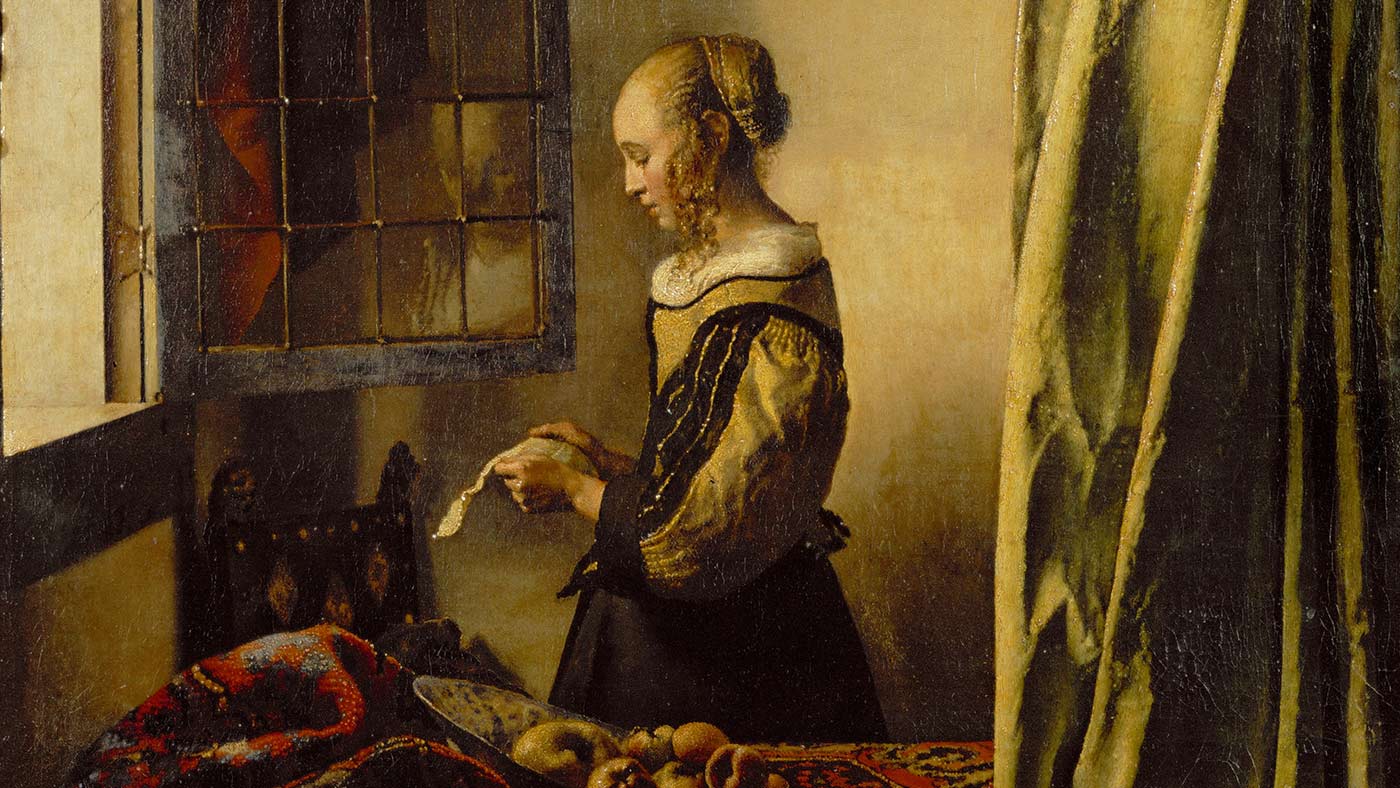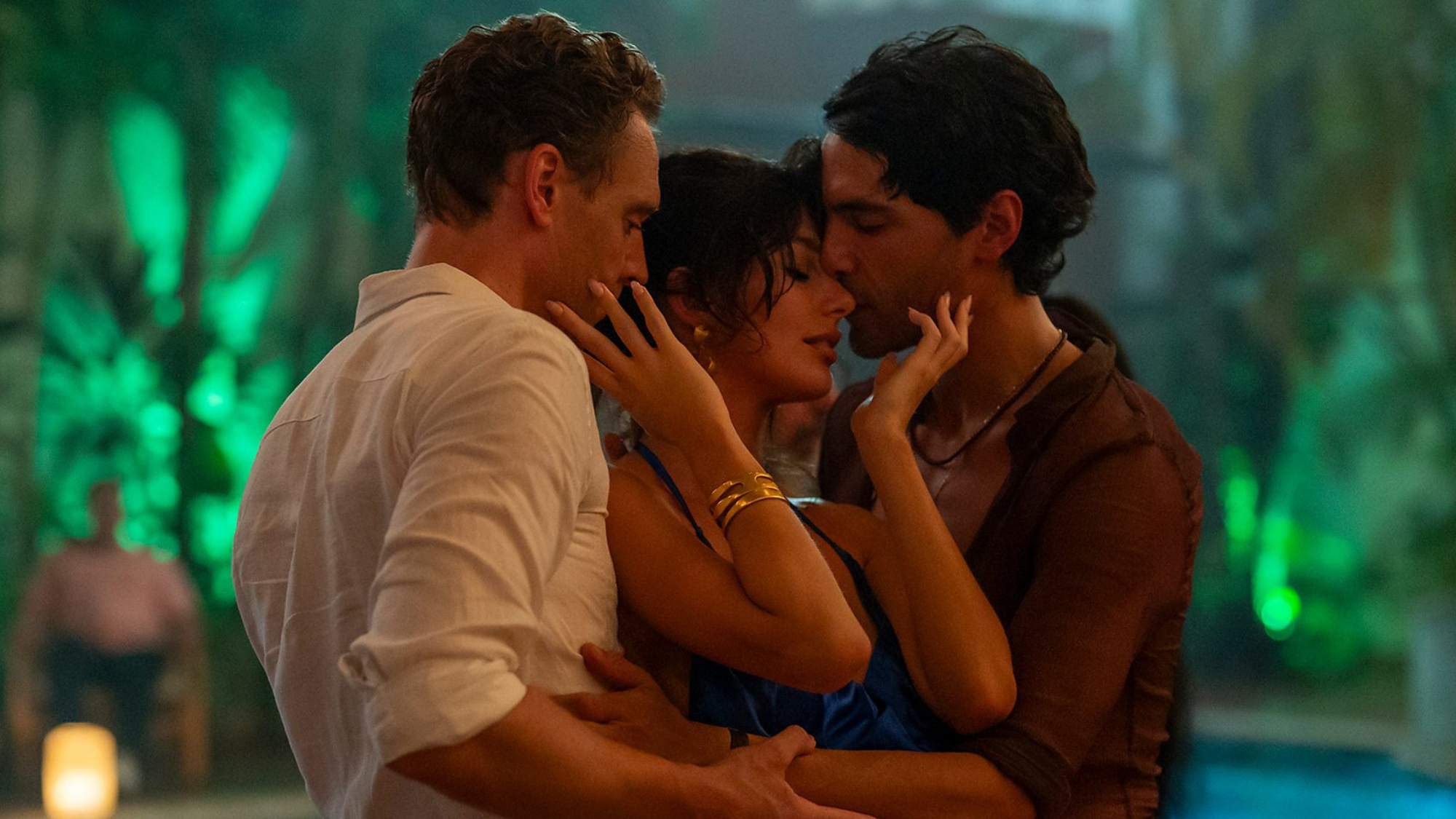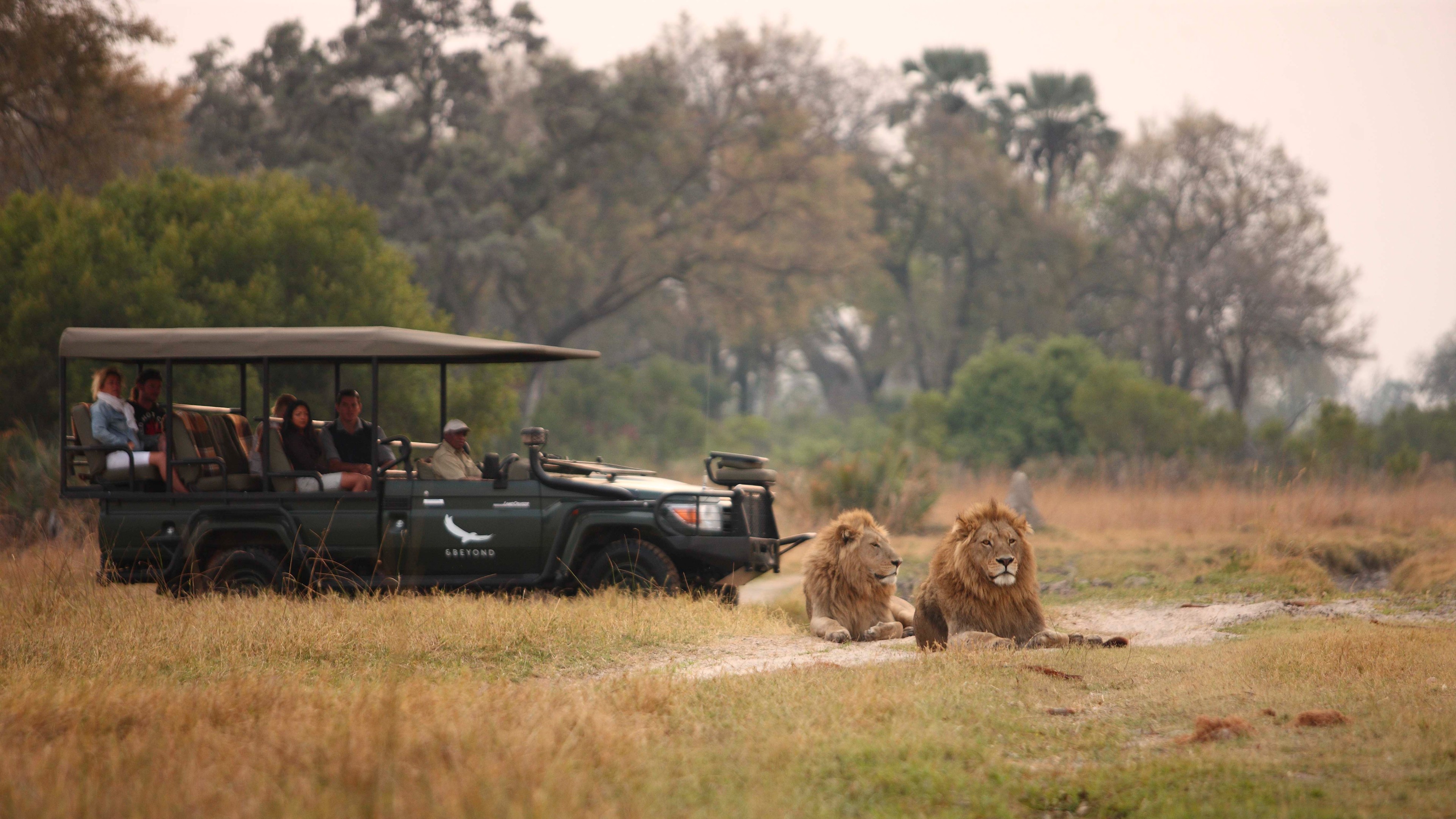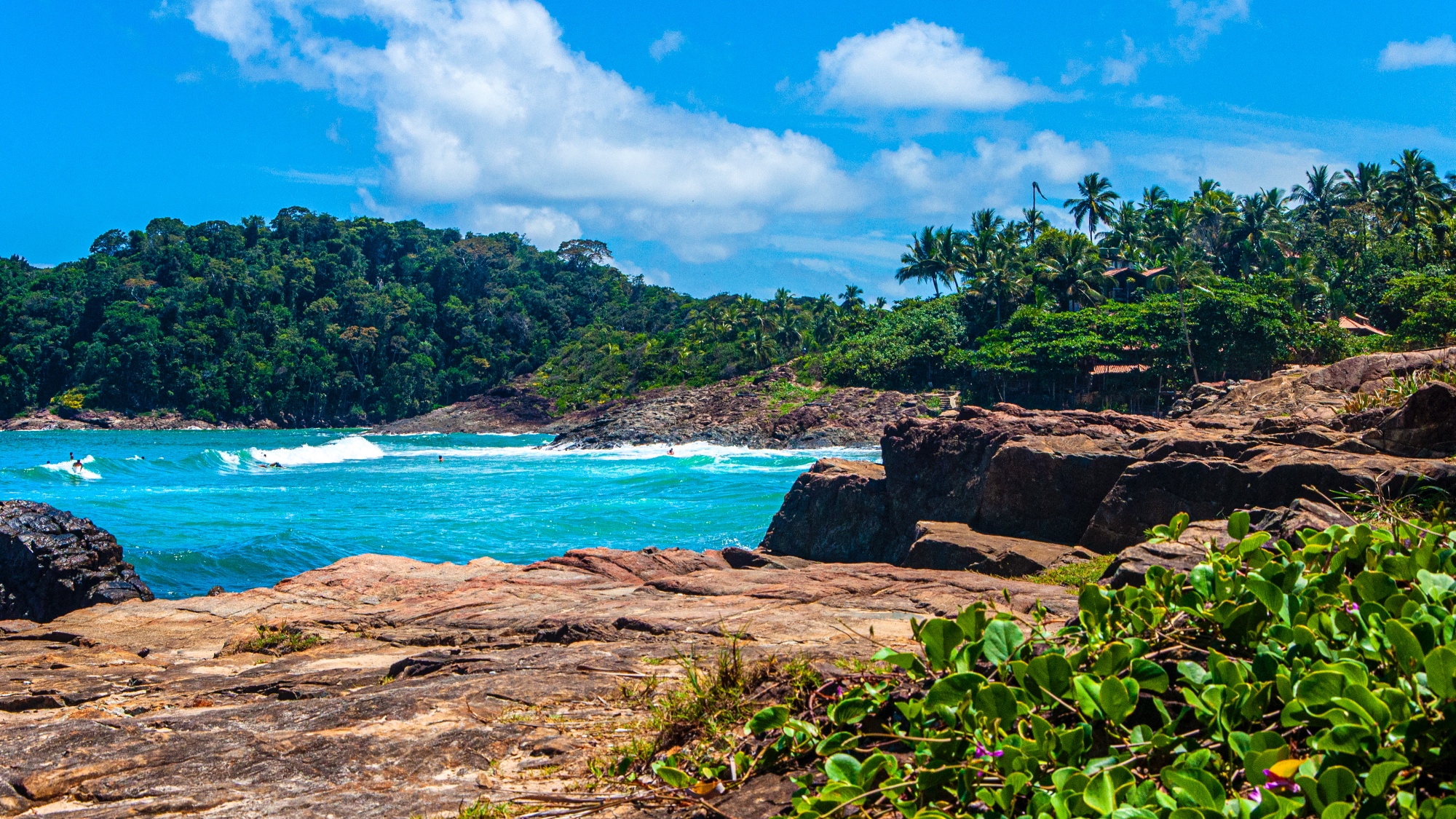Vermeer at the Rijksmuseum review: ‘one of the great art experiences’
This show is easily the largest Vermeer retrospective ever and is surprisingly ‘revolutionary’

“Everybody loves Vermeer,” said Waldemar Januszczak in The Sunday Times. His paintings are “irresistible”: “the magical light, the air of perfection, the whispery moods, the intoxicating combinations of yellow and blue”. They are also very rare things indeed: Johannes Vermeer (1632-75) seems to have produced only about two paintings per year; it is thought that he completed about 45 in total, of which just 37 survive; three are disputed, and one has been missing since a robbery in 1990.
So it is a great coup that Amsterdam’s Rijksmuseum has managed to unite so many of them for this landmark exhibition. Seven years in the making, the show is easily the largest Vermeer retrospective ever, bringing together a full 28 of his paintings, from little-known early landscapes to world-famous masterpieces.
As scholarly as it is “relentlessly pleasing”, the event plunges the viewer into Vermeer’s world. The surprise is “how revolutionary” it all seems. We thought we knew Vermeer so well; but we didn’t. “Paradigm-shifting, brilliantly presented, cleverly designed, revelatory, intoxicating”, this is “one of the great art experiences of my lifetime”.
The Week
Escape your echo chamber. Get the facts behind the news, plus analysis from multiple perspectives.

Sign up for The Week's Free Newsletters
From our morning news briefing to a weekly Good News Newsletter, get the best of The Week delivered directly to your inbox.
From our morning news briefing to a weekly Good News Newsletter, get the best of The Week delivered directly to your inbox.
The show is “perfectly argued” and “perfectly paced”, said Jason Farago in The New York Times. It requires no explanatory videos or comparative works to pad out its ten galleries, instead leaving us to focus on the paintings alone – and what paintings they are. The Milkmaid, for instance, stands just “18 inches tall”, but packs in a universe of ingeniously rendered detail: the titular maid pours milk into a vessel, her gaze concentrated; Vermeer perfectly captures the Delft tiles lining the floor, nails hammered into the walls and the bread rolls on the table, articulated with “proto-pointillist dabs”.
Girl with a Pearl Earring (which will only be on show here until 30 March) “has skin so seamlessly contoured she could give TikTok tutorials”; the pearl itself (probably made from glass) consists of little more than “two bare white strokes”. The scholarship is revelatory: we now know that Vermeer, a Catholic convert in the Protestant Netherlands, was far more influenced by his faith than previously understood. Indeed, he may well have worked with the aid of a camera obscura demonstrated to him by Jesuit priests in his native Delft.
For two centuries, Vermeer was an “art-world Cinderella”, said Jackie Wullschläger in the FT. Although successful in his lifetime, he was all but forgotten thereafter. We owe his 19th century rediscovery to the Impressionists, and looking at the “crystalline, mysterious pictures” here, you can see why they championed him: for Vermeer, “paint was itself a subject”, and passages of detail in his work can appear almost abstract.
He also shared the Impressionist habit of repeatedly painting the same “beloved costumes and props”. His wife’s “fur-trimmed yellow jacket”, for example, figures in five works: in A Lady Writing; in Woman with a Pearl Necklace; and in Mistress and Maid. Vermeer creates an illusion of the real that is “more persuasive and enticing than reality itself”, an effect which suffuses almost every work here. This is an “unrepeatable exhibition”, perfectly showcasing “his vision of interiority and the eternal presence of things”.
A free daily email with the biggest news stories of the day – and the best features from TheWeek.com
Rijksmuseum, Amsterdam, Netherlands (+31 20 6747 000, rijksmuseum.nl). Until 4 June
-
 The Night Manager series two: ‘irresistible’ follow-up is ‘smart, compelling’ TV
The Night Manager series two: ‘irresistible’ follow-up is ‘smart, compelling’ TVThe Week Recommends Second instalment of the spy thriller keeps its ‘pace’, ‘intrigue’ and ‘sly sexiness’
-
 11 hotels opening in 2026 to help you reconnect with nature
11 hotels opening in 2026 to help you reconnect with natureThe Week Recommends Find peace on the beaches of Mexico and on a remote Estonian island
-
 Zimbabwe’s driving crisis
Zimbabwe’s driving crisisUnder the Radar Southern African nation is experiencing a ‘public health disaster’ with one of the highest road fatality rates in the world
-
 The ultimate films of 2025 by genre
The ultimate films of 2025 by genreThe Week Recommends From comedies to thrillers, documentaries to animations, 2025 featured some unforgettable film moments
-
 Into the Woods: a ‘hypnotic’ production
Into the Woods: a ‘hypnotic’ productionThe Week Recommends Jordan Fein’s revival of the much-loved Stephen Sondheim musical is ‘sharp, propulsive and often very funny’
-
 The best food books of 2025
The best food books of 2025The Week Recommends From mouthwatering recipes to insightful essays, these colourful books will both inspire and entertain
-
 Art that made the news in 2025
Art that made the news in 2025The Explainer From a short-lived Banksy mural to an Egyptian statue dating back three millennia
-
 Nine best TV shows of the year
Nine best TV shows of the yearThe Week Recommends From Adolescence to Amandaland
-
 Winter holidays in the snow and sun
Winter holidays in the snow and sunThe Week Recommends Escape the dark, cold days with the perfect getaway
-
 The best homes of the year
The best homes of the yearFeature Featuring a former helicopter engine repair workshop in Washington, D.C. and high-rise living in San Francisco
-
 Critics’ choice: The year’s top 10 movies
Critics’ choice: The year’s top 10 moviesFeature ‘One Battle After Another’ and ‘It Was Just an Accident’ stand out